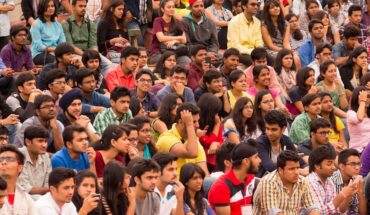One of the clear successes of Indian democracy has been the regular conduct of elections and the relatively high participation of electors in the voting process compared to other countries. Besides the fact that the process is relatively simple with the use of the electronic voting machine, high voter turnout has also been possible due to registration drives by the Election Commission of India (ECI). Periodically, the ECI does face the issue of a cleaning up of electoral rolls due to increases in migrant populations in urban sprawls, demographic changes due to the entry of more eligible voters, besides deaths of older people. But repeated cycles of elections have allowed for a cohesion in this process with voters allowed to register based on proofs of their age and current place of residence. The Aadhaar number is not a proof of citizenship and is meant to be issued to residents, while only adult citizens who are resident in India are eligible to vote. Instrumentally speaking, matching the Aadhaar number to the electoral roll in order to perform verifications is not a foolproof process. The Internet Freedom Foundation has cited data to show that self-reported errors in the Aadhaar database are higher than those in the electoral database. There is also evidence that Aadhaar-linkage with voter identity cards, as in the Assembly elections in Telangana and Andhra Pradesh recently, for example, led to the arbitrary deletion of eligible voters on a large scale. Besides, with the Aadhaar number now being used to access a variety of services, linking to voter IDs, when aggregated from booth level data, can possibly lead to misuse by agencies. The absence of a data protection law heightens the risk of this possibility as well. The insistence on linking Aadhaar with the voter ID militates against these principles. The ECI should limit itself to utilising existing proofs for voter authentication and Aadhaar declaration should remain voluntary.





